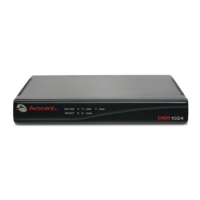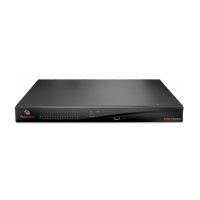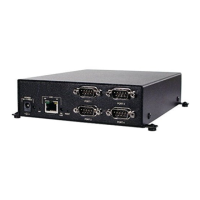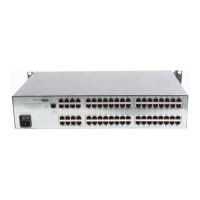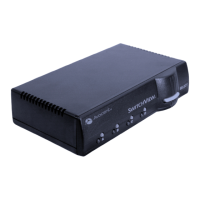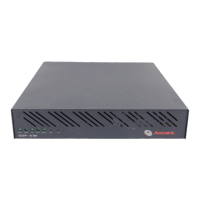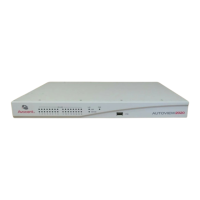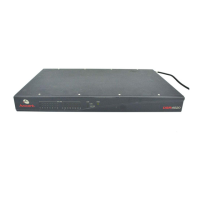

Do you have a question about the Avocent DSR Series and is the answer not in the manual?
Details the capabilities and advantages of the DSR switch family, including connectivity and resolution.
Explains how DSR switches minimize cable volume using UTP cabling and DSRIQ modules.
Describes agentless remote access and control of DSR switches using TCP/IP networks.
Covers how DSR switches transmit KVM information over Ethernet or modem connections.
Details safety considerations for rack mounting DSR switches, including loading and airflow.
Covers connecting DSR switch hardware, configuring IP addresses, and setting up web interfaces.
Explains how to connect and use a keyboard, monitor, and mouse for direct access via the local port.
Describes how to navigate the OSCAR interface using keyboard and mouse commands for device management.
Details how to view, select, and manage target devices using the OSCAR interface.
Introduces the web interface for KVM switching needs and secure browser-based access.
Explains how to use the DSR Explorer window for viewing, accessing, and managing the DSR switch.
Covers viewing appliance information, managing local accounts, and setting access levels.
Details the features and functions of the Video Viewer window for KVM sessions.
Covers adjusting video quality, color depth, mouse options, and cursor settings within the Video Viewer.
Explains how to use keyboard pass-through and pre-configured macros for remote control.
Explains how to configure the DSR switch using the console menu interface and network settings.
Details security configuration, firmware management, and factory default restoration via the console menu.
Guides users on upgrading DSR switch firmware using console menu or web interface methods.
Covers using and installing the DSR Remote Operations software for remote access when Ethernet is unavailable.
Explains how to configure DSRIQ-SRL modules, including serial parameters and terminal application settings.
Discusses UTP cabling types, wiring standards (EIA/TIA 568A/B), and installation tips for DSR systems.
Provides pinout details for modem, console/setup, and SPC jacks on DSR switches.
Lists technical specifications for DSR1020/2020/4020/8020 switch models, including ports, dimensions, and power.
Explains how to emulate Sun keyboard keys using PS/2 keyboard sequences for Sun Advanced Key Emulation.
Provides steps to resolve installation or operating issues by consulting the manual, website, or technical support.
